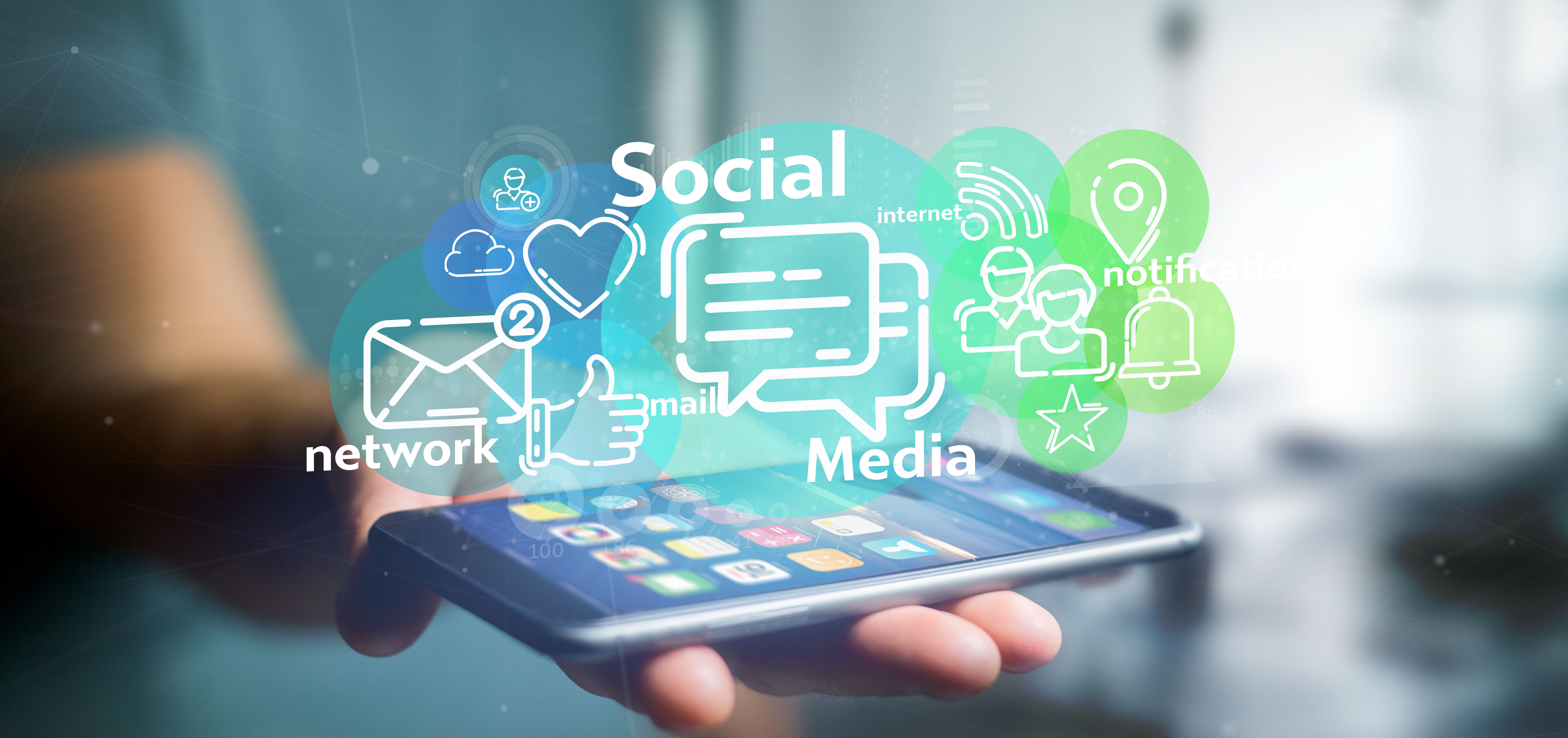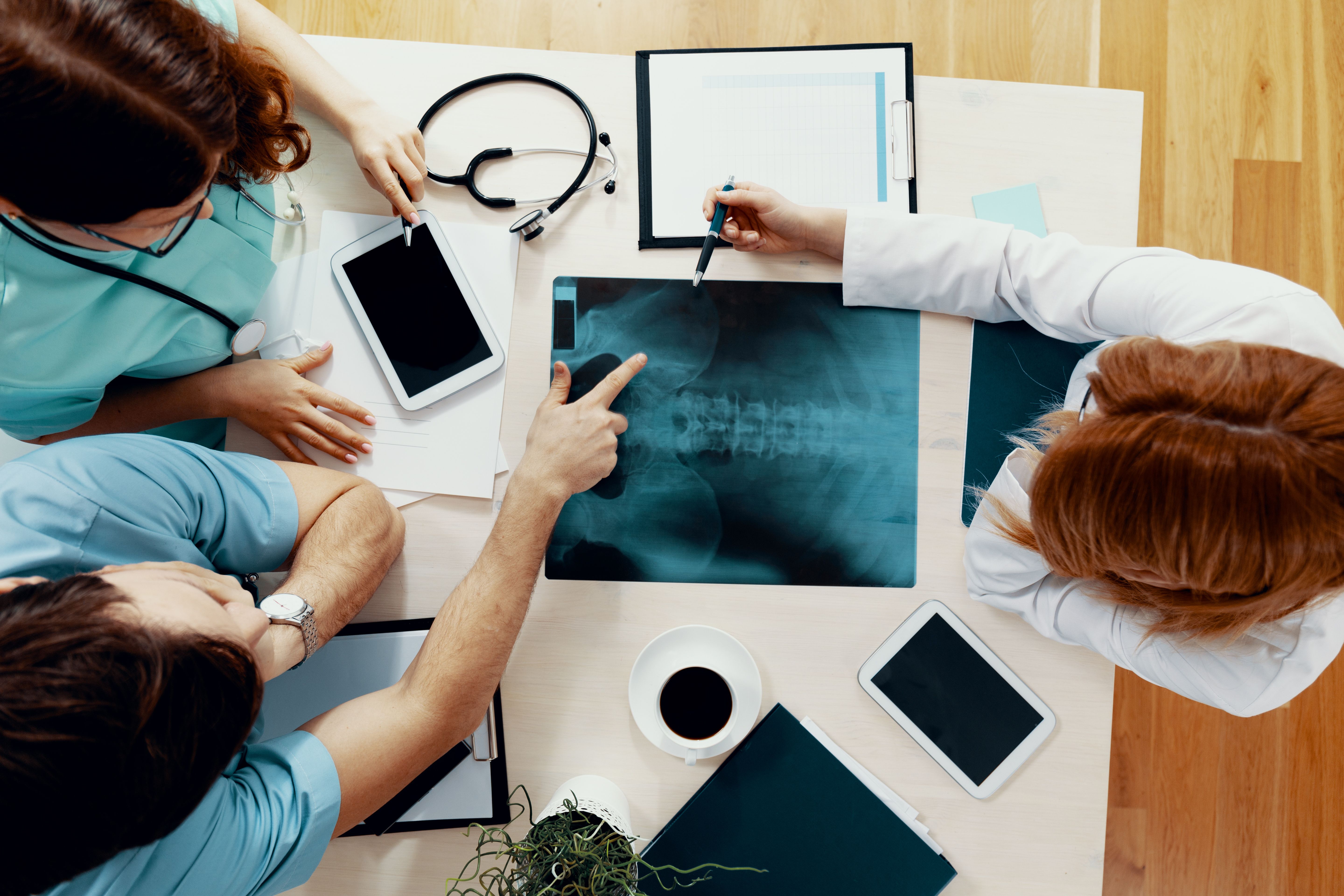Video
Impact of Technology on Diabetes and Quality of Life
Author(s):
Dhiren Patel, PharmD, CDE, BC-ADM, BCACP; Robert Busch, MD; and Diana Isaacs, PharmD, BCPS, BCACP, BC-ADM, CDCES, provide insight into quality-of-life improvements that have followed advances in diabetes technology and review available continuous glucose monitors.
Transcript:
Dhiren Patel, PharmD, CDE, BC-ADM, BCACP: There is one thing I wanted to talk about. I know I’ve had a front row seat to this both on the professional practice side but also on the personal side. As I mentioned, I have a father who has type 2 diabetes who utilizes this technology. Sometimes we’re very hyperfocused on what the clinical trial showed, but I would love to hear some of the warm and fuzzy stories that you’ve heard and seen of how this has improved diabetes management for some of your patients.
I always say I’ve gotten probably the most hugs from my patients for this technology that’s really changed their lives. I’ve seen my father go low while driving, and he takes care of 2 of my kids. Thus, knowing that I can follow his information and that there’s this sense of security, I’m sure you each have hundreds of stories you can probably think of. Maybe globally or to a specific patient, what have you seen on some of the softer metrics, the quality of life, the satisfaction for your patients, as they wear this CGM [continuous glucose monitoring] technology? Dr Busch, we’ll start with you.
Robert Busch, MD: That’s a good point. We get a lot more hugs from this, because first of all, it takes away the discomfort of finger sticks. Even though they’re not horribly painful, to take that away is a big game changer, to have the alarms and notify the patient when they are going low. Sometimes the relatives are listening to the high alarm to improve the way that the patient is eating. It’s a great guide. They don’t get an electric shock, but it’s the same kind of thing. It’s Pavlov’s dog, telling them exactly what they should be doing and avoiding some other things like that. Thus, between the right drugs that don’t give you hypoglycemia, and the right monitoring, that even on insulin you don’t get as much hypoglycemia and you get it to control, and you get people whose A1cs [HbA1c glycated hemoglobin levels] are the best they’ve even been without hypoglycemia in between. As a result, it is a major game changer.
Diana Isaacs, PharmD, BCPS, BCACP, BC-ADM, CDCES: Yes. I always say we work with the warm fuzzies because patients are thanking me. They’re so grateful for me starting them on CGM, and I’m fortunate to start lots and lots of people. One story that sticks out from recently is a woman came in with her mother. Her mother was around 75 years old and was struggling with the finger sticks, and she was on multiple injections of insulin. She was worried about her mother going low, and so I started her on real-time CGM, and there’s the mobile app where her daughter could see her readings because they weren’t living together. That gave her daughter so much peace of mind, as well as the mother was now alerted to when she was going low or about to reach low, so they were so grateful. I would say it definitely improved quality of life for both of them.
Dhiren Patel, PharmD, CDE, BC-ADM, BCACP:Those are excellent stories. Like I said, I have a lot that I could probably think of. I see it every day, and I know how beneficial it is. Even some of these features that we may take for granted, such as being able to share these readings or follow someone else’s reading. You think of use cases where someone is going off to college, or an adolescent where a school nurse can also monitor, or a caregiver. Also, you know more and more patients want to age more independently at home. Thus, we still have ways that patients could do this, but you’re not constantly stressed and worried about what’s happening with your loved one. Dr Isaacs, maybe you could talk to us a little about the options out there. I know it’s not as crazy as SGLT2s [sodium-glucose cotransporter-2 inhibitors] and GLP-1s [glucagon-like peptide-1 agonists] where now we have 5 or 6 in a class, but we do have some options here. How do you think of these options, and how do you make sure the right technology goes with the right patient?
Diana Isaacs, PharmD, BCPS, BCACP, BC-ADM, CDCES: Yes. We have 4 key companies, key options. There’s the FreeStyle Libre, the intermittently scanned CGM, and we have the original 14-day [system] and then the Libre 2. Those are intermittently scanned, so they do require a person to scan to be able to see their glucose readings. But a big difference with the Libre 2 compared to the original 14-day is that there are real-time alerts. The 14-day has a mobile app and the Libre 2 does not, which is one of the reasons some people will continue to use the original 14-day. We also have Dexcom G6, and that is real-time CGM. It does have a mobile app, and it’s a 10-day wear for the sensor compared to Libre, which is a 14-day wear. Another difference is Libre has a disposable transmitter, so everything comes together. Dexcom has a separate transmitter that is reused for 3 months.
We also have Medtronic, the Guardian 3, which goes with their insulin pump, as well as the Guardian Connect, which is a standalone CGM. That is a 7-day sensor wear. It’s also a reusable transmitter that’s good for beyond a year, but it does need to be charged in between use. Then, lastly there’s Eversense, which is the only implantable CGM. It requires an in-office procedure. It’s a 3-month wear, where the sensor is placed in the upper arm for 3 months. There is still an outer transmitter that is taped on over it and does need to be charged, but that sensor you don’t have to worry about inserting it. In the future, it’s expected that there would be a 6-month wear time for that. One key difference between them is in terms of calibrations, like required finger sticks. Both Libre and Dexcom do not require calibrations. Eversense and the Guardian sensors do require 2 or more calibrations per day. Thus, that in a nutshell are the different devices.
Dhiren Patel, PharmD, CDE, BC-ADM, BCACP:That makes sense, and I think the same way that we go through our mental checklist for pharmacotherapy, the same is true here when we talk about technology. There are certain features that may lend itself better because it’s an ecosystem play versus calibration, where this may be something you opt for because there’s an additional integrated benefit that you’re getting. Hence, I think each of them certainly has its place, and the right patient should get the right technology.
Transcript edited for clarity.





